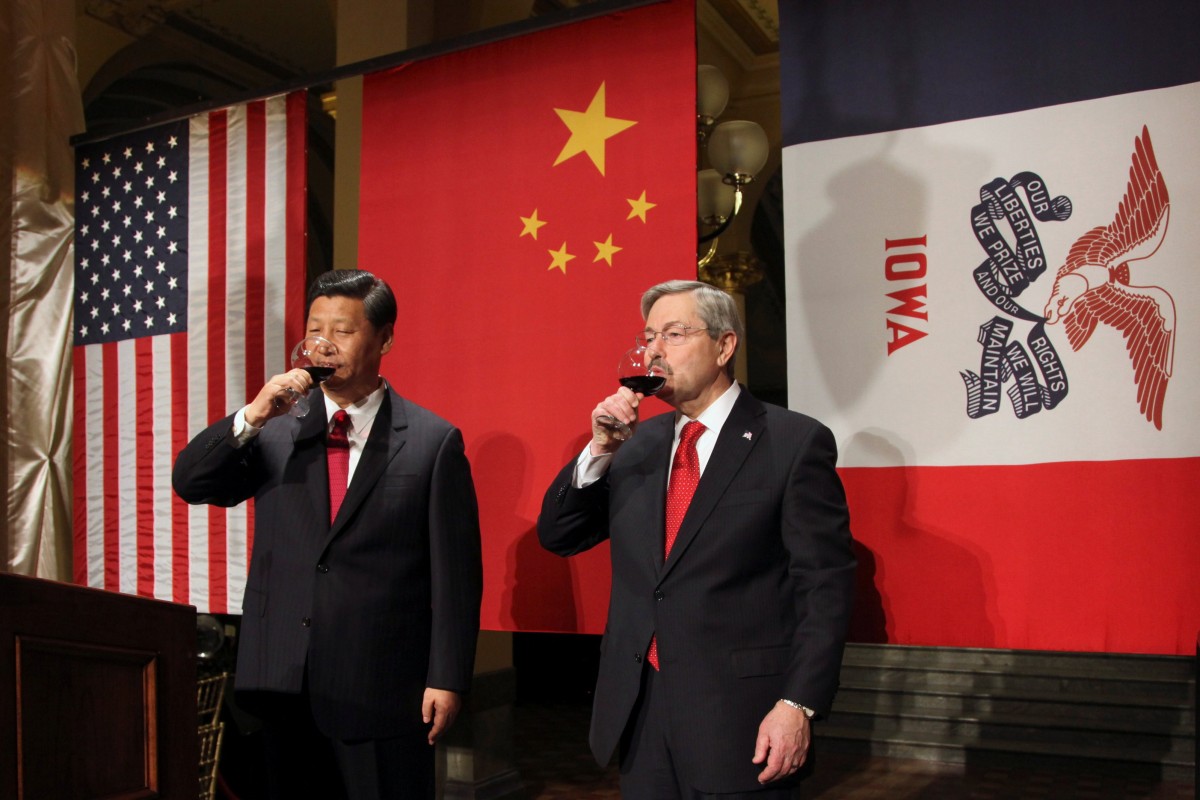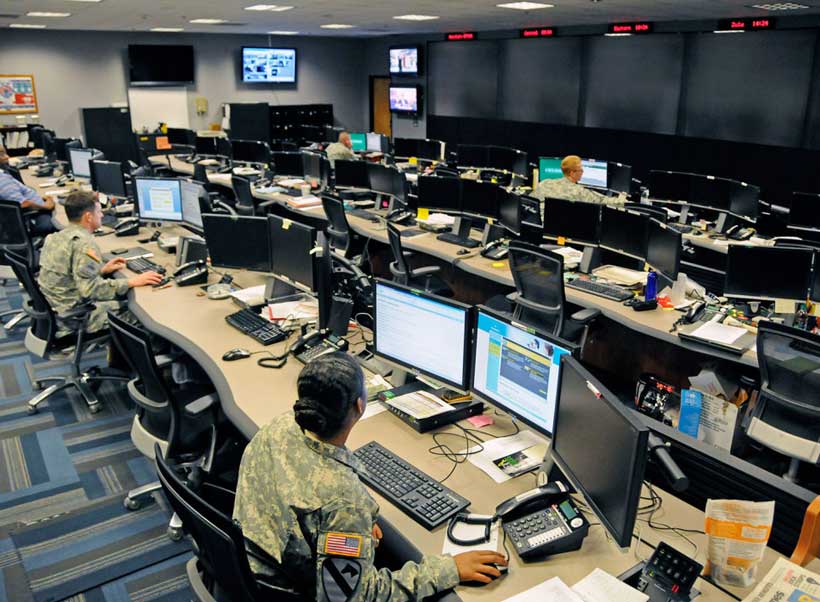 India continues to remain as the world’s highest recipient of remittance from abroad, with its diaspora sending back $78.6 billion in 2018. The 17.5 million-strong Indian diaspora, the largest in the world, makes 11.4% of the global remittance figure of $689 billion, reports Times of India.
India continues to remain as the world’s highest recipient of remittance from abroad, with its diaspora sending back $78.6 billion in 2018. The 17.5 million-strong Indian diaspora, the largest in the world, makes 11.4% of the global remittance figure of $689 billion, reports Times of India.
According to the World Migration Report 2020, which was released on Wednesday by the International Organisation for Migration (IOM), India has received $78.61 billion remittances in 2018, an increase of 14 per cent compared to 2015 in which India had received $68.91 billion. Remittances during 2010 were $53.48 billion, rising to $78.61 in 2018, an increase of nearly 47%.
China, which is next to India as per the data, received $67.41 billion, which is 9.8% of the global remittance figure. Mexico stands in third place with $35.7 billion, an increase in nearly 36 per cent in the last four years.
Reportedly, High-income countries have always been the largest source of remittances for developing and emerging economies. The US has consistently been the top remittance-sending country, with a total outflow of $68 billion, followed by UAE with $44.4 billion and Saudi Arabia with $36.1 billion, the report states.
















/arc-anglerfish-arc2-prod-mco.s3.amazonaws.com/public/UPAZHF3VHVCFJIIKXMMTEGC36M.jpg)
/arc-anglerfish-arc2-prod-mco.s3.amazonaws.com/public/JBBTJG5J7RFQLEWBEJ7ME3CBZU.jpg)